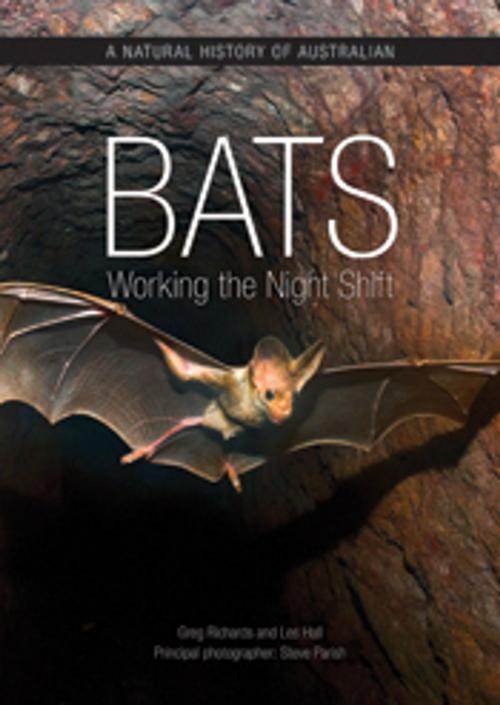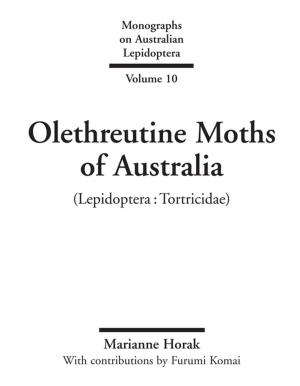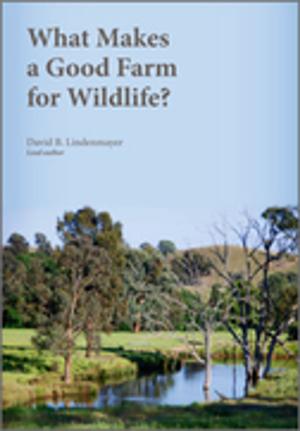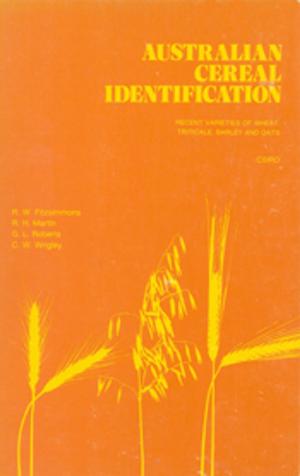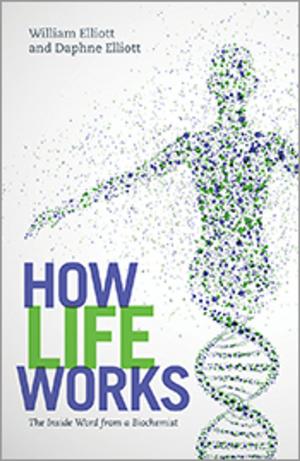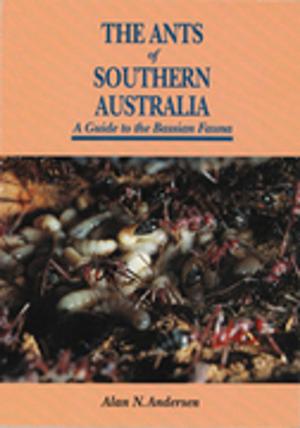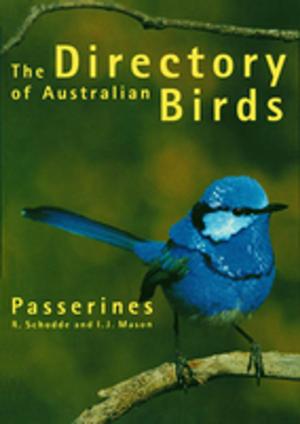A Natural History of Australian Bats
Working the Night Shift
Nonfiction, Science & Nature, Science, Biological Sciences, Zoology, Nature| Author: | Steve Parish, Greg Richards, Les Hall | ISBN: | 9780643103764 |
| Publisher: | CSIRO PUBLISHING | Publication: | June 1, 2012 |
| Imprint: | CSIRO PUBLISHING | Language: | English |
| Author: | Steve Parish, Greg Richards, Les Hall |
| ISBN: | 9780643103764 |
| Publisher: | CSIRO PUBLISHING |
| Publication: | June 1, 2012 |
| Imprint: | CSIRO PUBLISHING |
| Language: | English |
To hold a little microbat in your hand, its body the size of the end of your thumb, is nothing but astounding. Its head is nearly the size of a man’s fingernail, its tiny ears are twitching as it struggles to get free, and then it bares its teeth to try and scare you into letting it go. Inside that tiny head is a powerhouse of information. Some of our little bats know the entire landscape of our east coast, and can pinpoint a cave entrance in dense forest 500 km from its last home. When they get there they know what to do – where to forage, which bat to mate with and how to avoid local predators. A Natural History of Australian Bats uncovers the unique biology and ecology of these wonderful creatures. It features a description of each bat species found in Australia, as well as a section on bat myths. The book is enhanced by stunning colour photographs from Steve Parish, most of which have never been seen before.
To hold a little microbat in your hand, its body the size of the end of your thumb, is nothing but astounding. Its head is nearly the size of a man’s fingernail, its tiny ears are twitching as it struggles to get free, and then it bares its teeth to try and scare you into letting it go. Inside that tiny head is a powerhouse of information. Some of our little bats know the entire landscape of our east coast, and can pinpoint a cave entrance in dense forest 500 km from its last home. When they get there they know what to do – where to forage, which bat to mate with and how to avoid local predators. A Natural History of Australian Bats uncovers the unique biology and ecology of these wonderful creatures. It features a description of each bat species found in Australia, as well as a section on bat myths. The book is enhanced by stunning colour photographs from Steve Parish, most of which have never been seen before.
